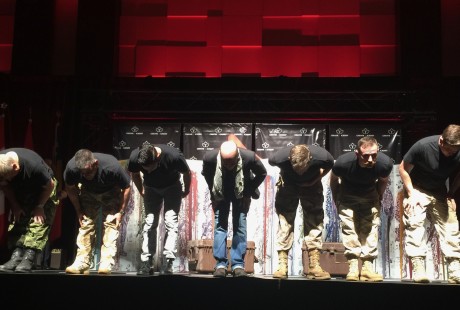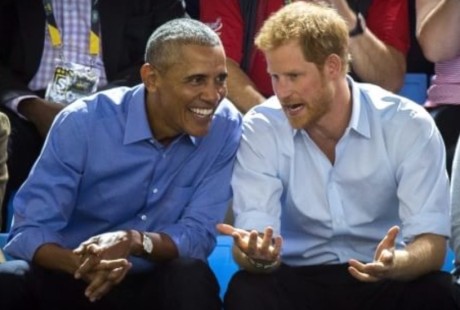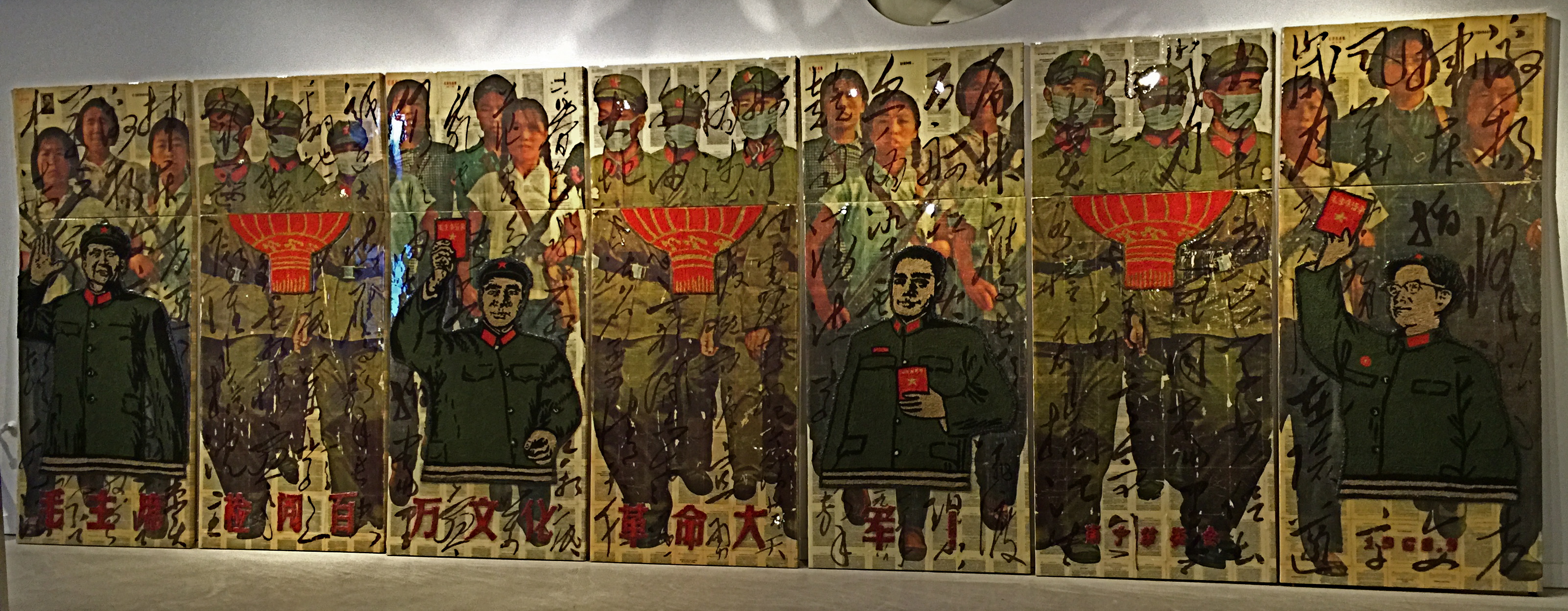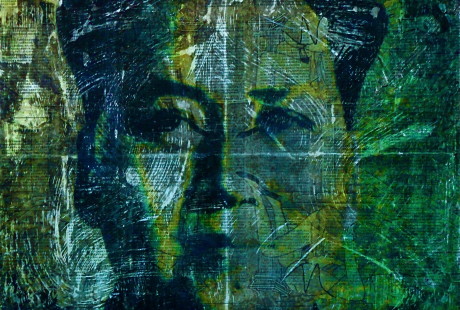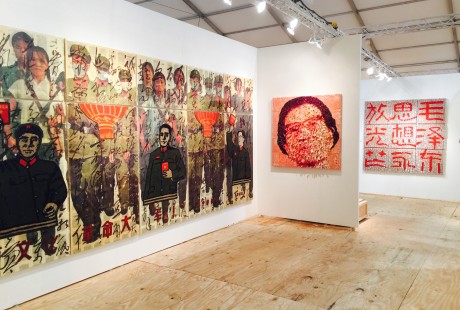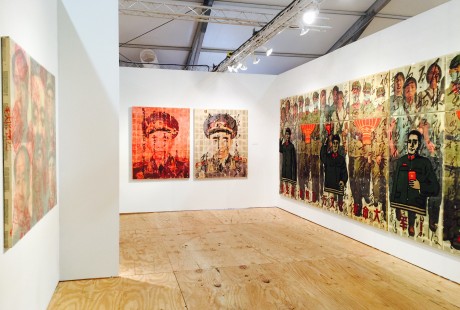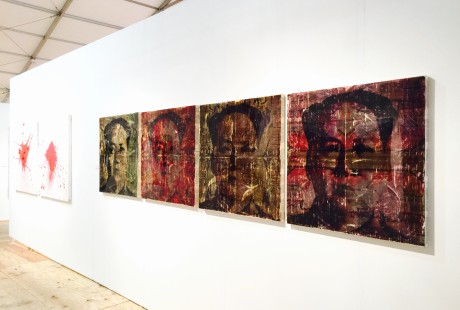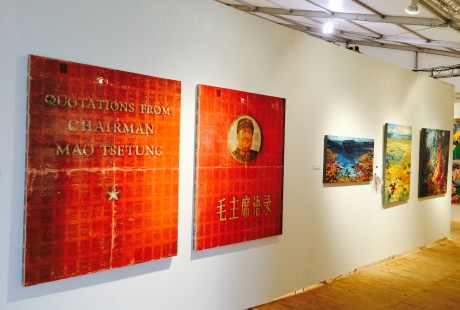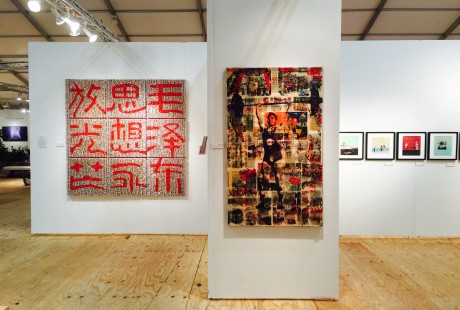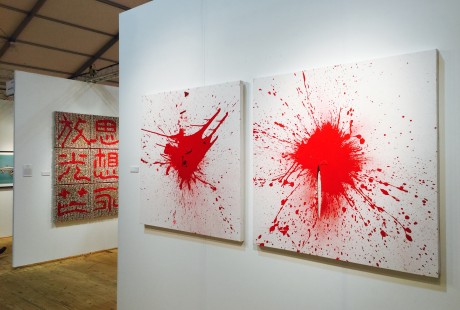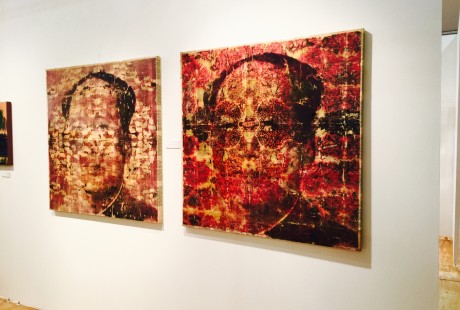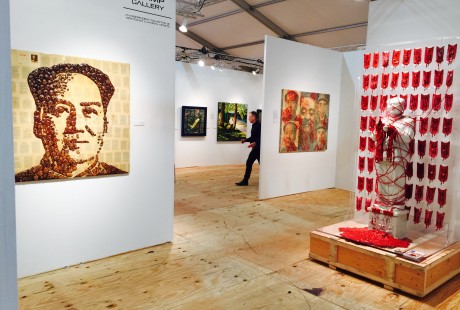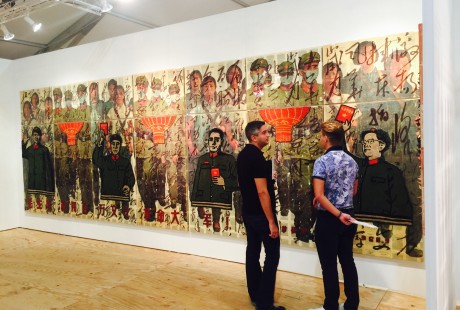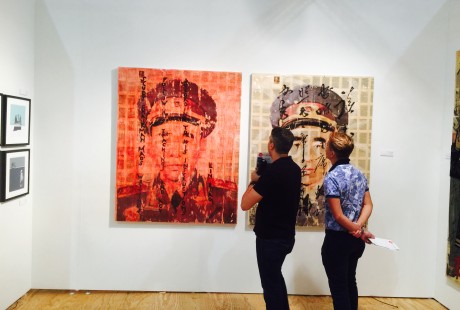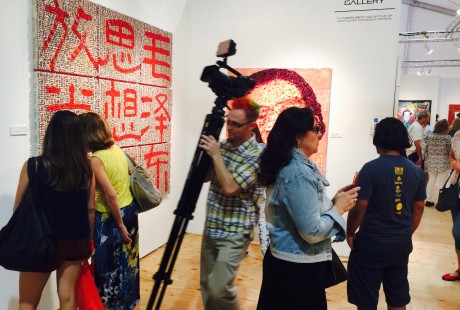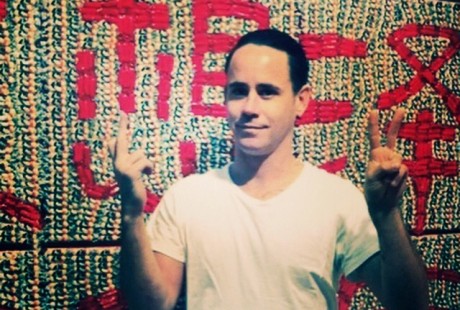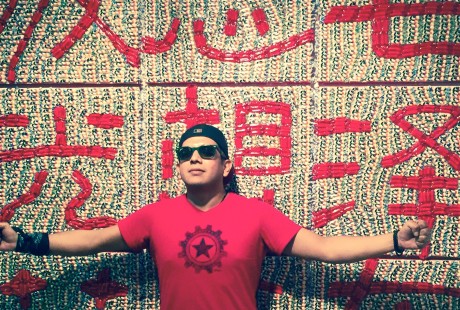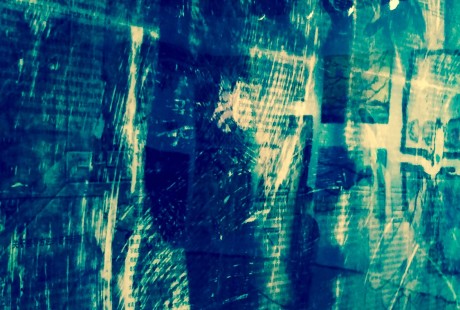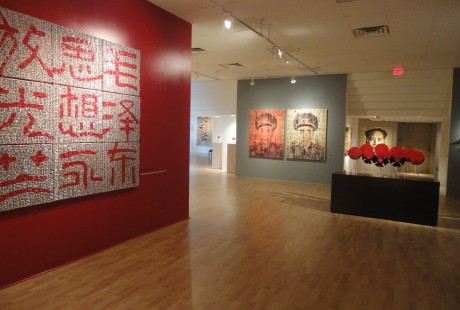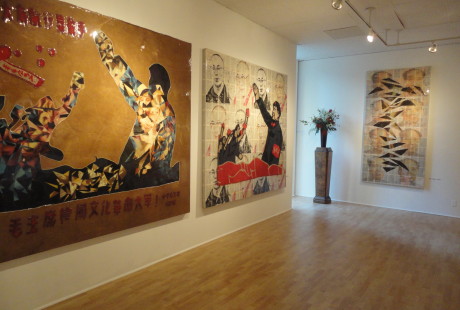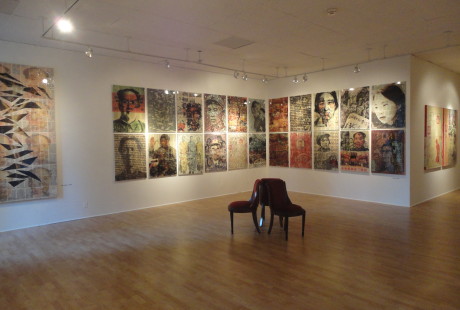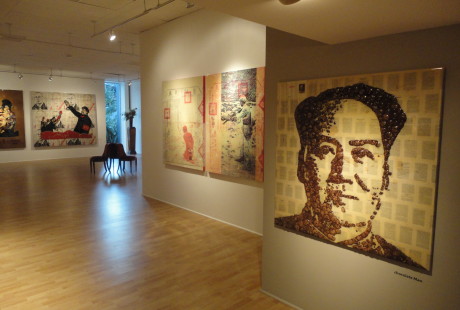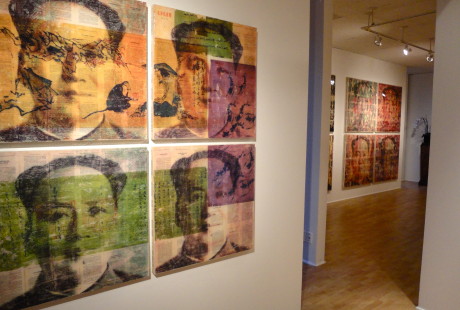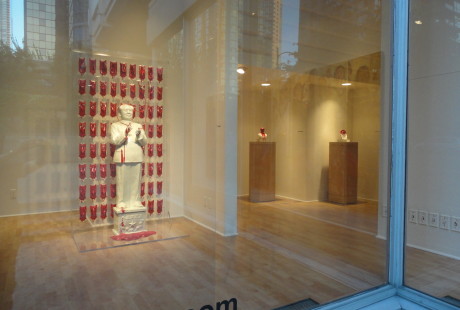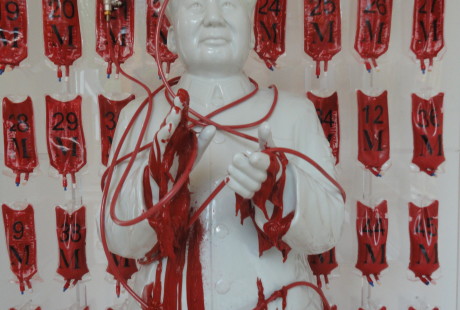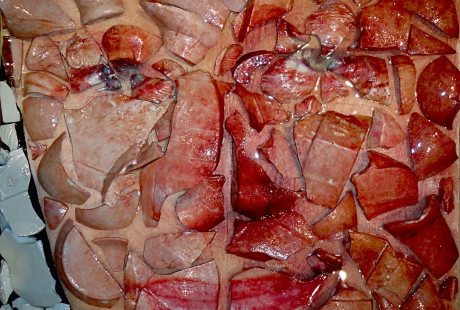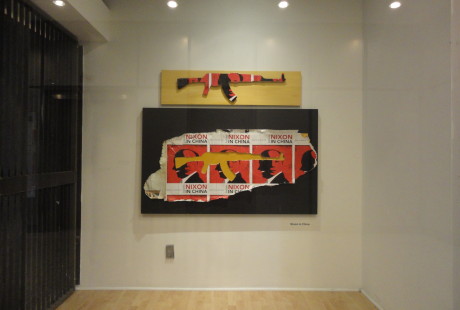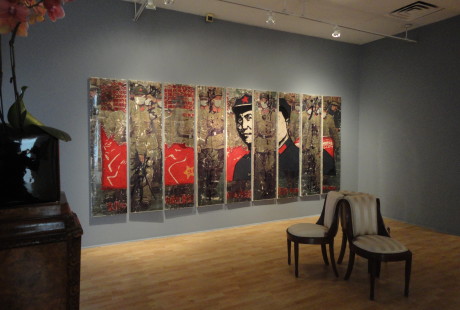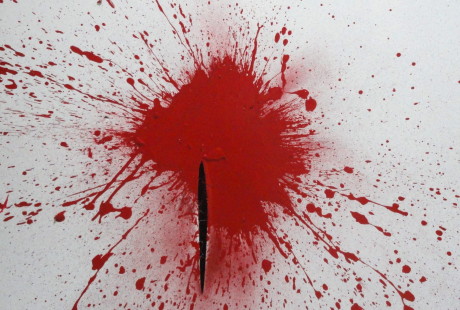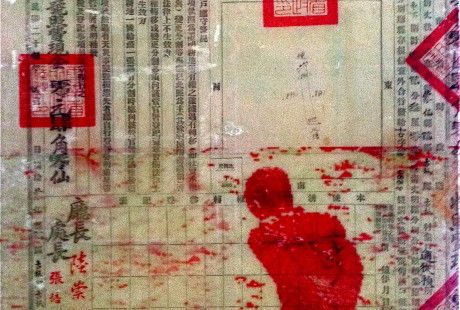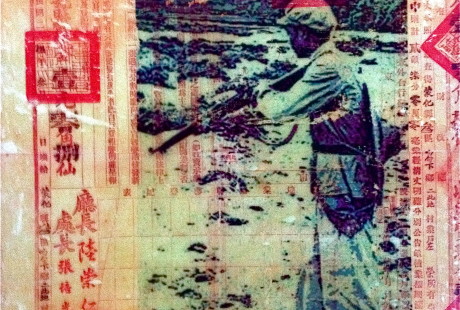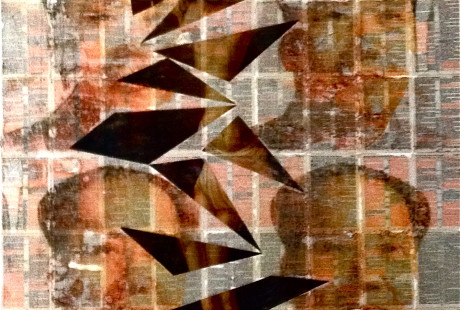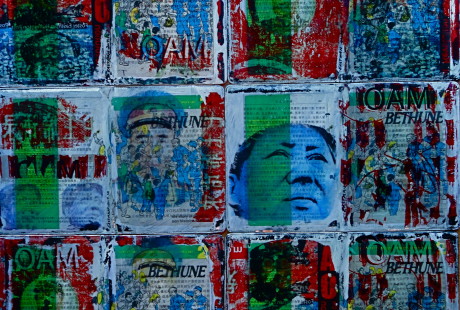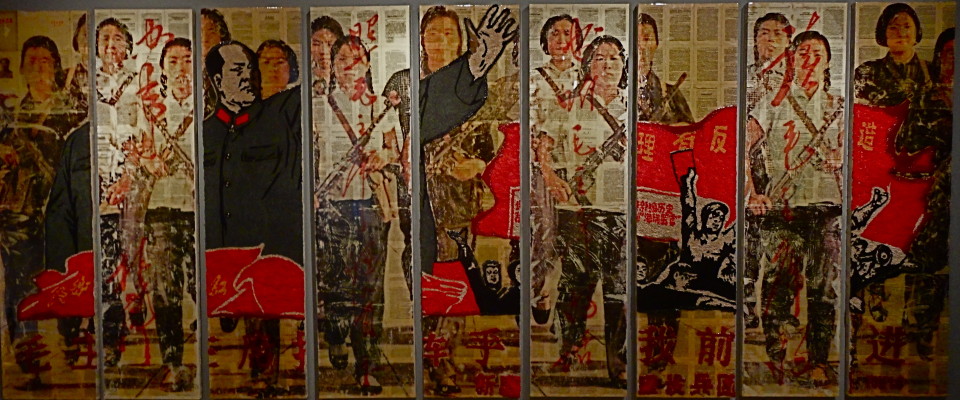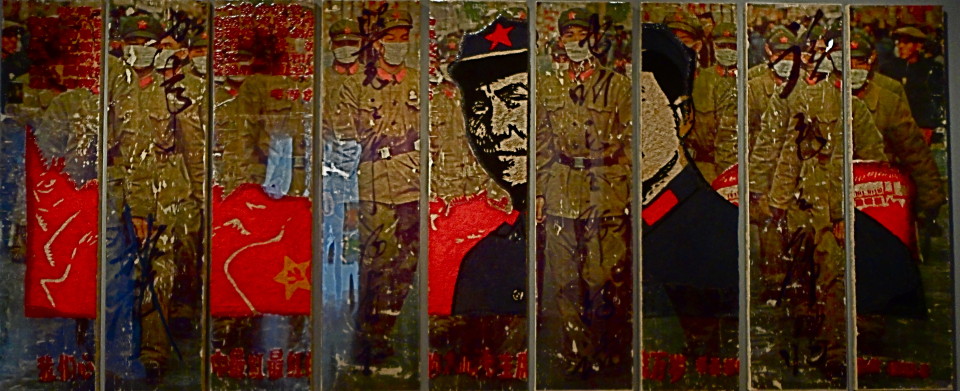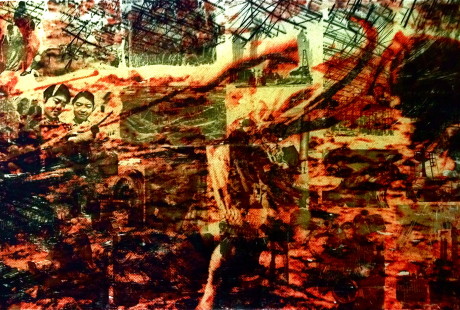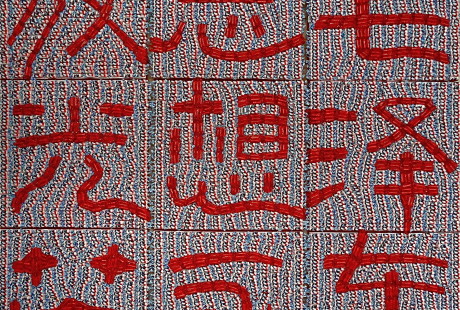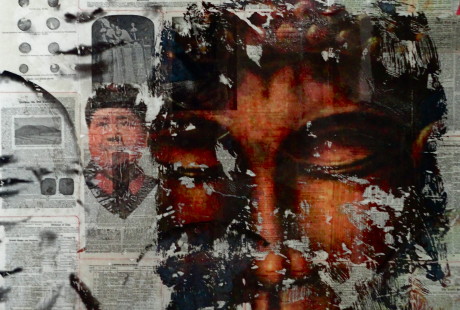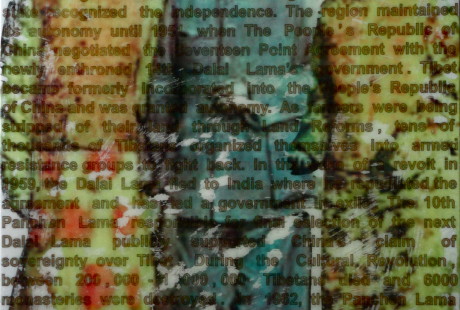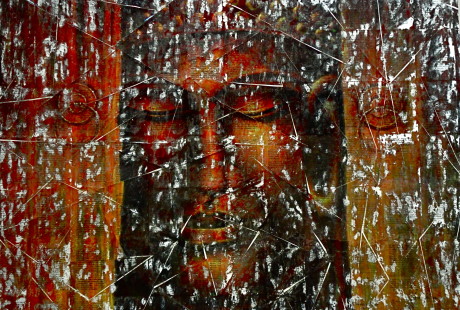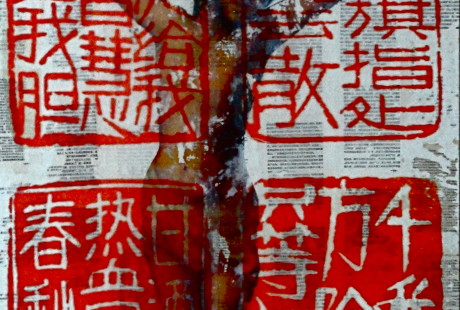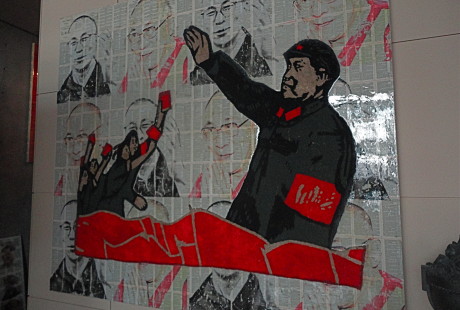Delai Lama
Tibet
On 23, Nov 2015 | In c) MAO book of | By foster eastman
Tibet had an ill-defined relationship with the Qing Dynasty (1644-1912)…. at times an ally, an opponent, a tributary state, or a region within Chinese control. In 1724, during the Mongol invasion of Tibet, the Qing seized the opportunity to incorporate the Tibetan regions into China proper. Following the collapse of the Qing dynasty in 1912, the 13th Dalai Lama issued a Declaration of Independence for his kingdom from China… although no other sovereign state recognized the independence. The region maintained its autonomy until 1951 when The People’s Republic of China negotiated the Seventeen Point Agreement with the newly enthroned 14th Dalai Lama’s government. Tibet became formerly incorporated into the People’s Republic of China and was granted autonomy. As farmers were being stripped of their land through Land Reforms, tens of thousands of Tibetans organized themselves into armed resistance groups to fight back. In the wake of a revolt in 1959, the Dalai Lama fled to India where he repudiated the agreement and has led a government in exile. The 10th Panchen Lama responsible for final selection of the next Dalai Lama publicly supported China’s claim of sovereignty over Tibet. During the Cultural Revolution, between 200,000-1,000,000 Tibetans died and 6000 monasteries were destroyed. In 1962, the Panchen Lama wrote a 70,000-character petition that dealt with the brutal suppression of the Tibetan people. Mao called the petition “a poisonous arrow shot at the Party by reactionary feudal overlords’. The Panchen Lama was publicly humiliated at Politburo meetings and dismissed from all political posts. He was imprisoned for 9 years, 8 months and then house arrest for another 14 years. He died of a heart attack at age 51 but many people including the Dalai Lama suspect foul play.
religion in China
On 23, Nov 2015 | In c) MAO book of | By foster eastman
Missionary activity increased considerably in China after the first opium war in 1842. Christian missionaries built hospitals as well as schools from primary to university level… all under the protection of Western powers. The Boxer uprising in 1900 was an anti foreign reaction to Christianity killing many missionaries, however the Manchu army backed by foreign powers overcame the Boxers. On Monday, June 7, 1926, Mrs. W.E. Sibley, who had been a Canadian missionary in West China since 1907, had her head cut off while walking down a crowded street by a lone swordsman. This incident sparked the exodus of 7000 missionaries fleeing the interior of China. The People’s Republic of China established October 1, 1949 was officially an atheist government. All religious practices were banned from 1966 to 1976 during the Cultural Revolution. The Red Guards destroyed thousands of churches, schools and monasteries. Bibles were destroyed, homes looted and many Christians were subjected to humiliation. Many Priests, Nuns, Monks and religious followers were arrested, persecuted, tortured and executed. In order to protect paintings, many were covered over with propaganda.










